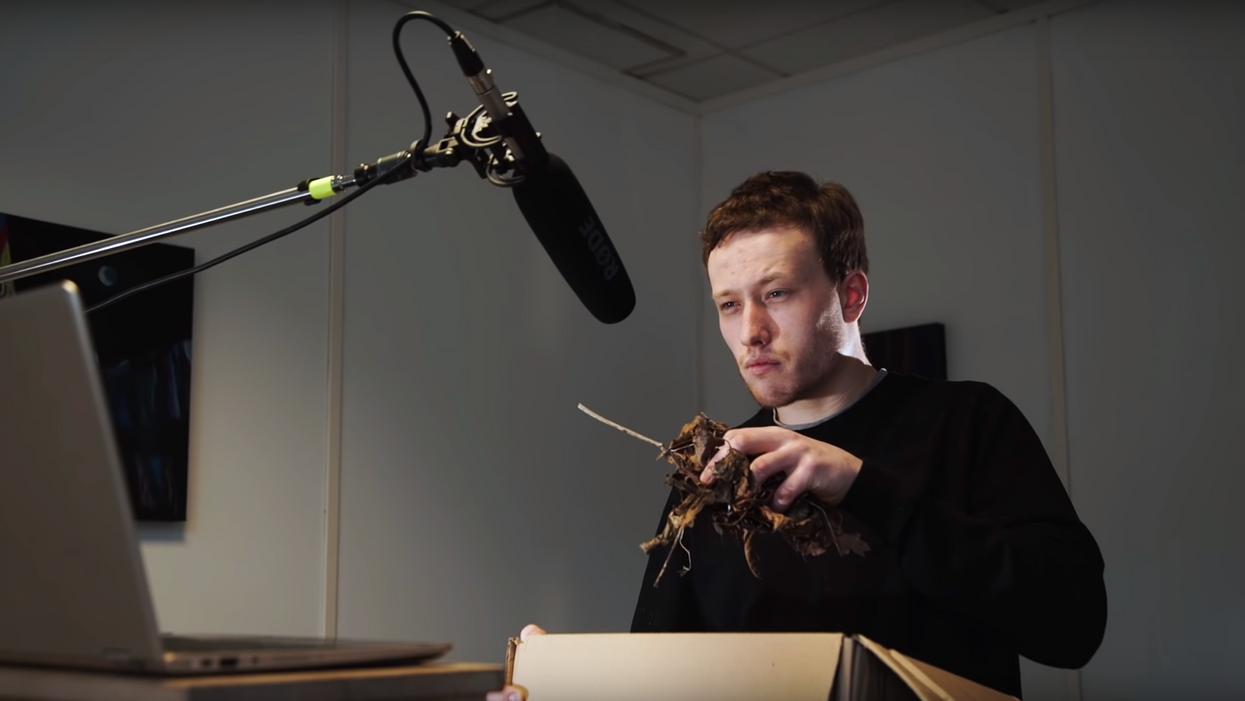6 Tricks for Making Your Foley Sound Effects Better
These techniques might help you record better foley, as well as beef up the sound design on your film.

We've been talking about foley for the last couple of weeks with the help of The Film Look, whose video series breaks down different aspects of the art form, including how to build and use a foley pit, as well as tips on recording footsteps.
The Film Look's latest video, which was released today, goes over some helpful techniques for recording other essential foley sound effects, including clothing, props, and atmosphere. Check it out below.
Now that you've got your DIY foley pit made and your foley footsteps recorded, it's time to learn how to create the other sounds in your scene, as well as how to put them all together for a nice sound design.
Pinpoint All the Sounds
One of the first things you should do before you record foley is view your source material and identify all of the sounds that you're going to need. Footsteps are easy to spot first, since your subject is most likely walking and moving around, but there are plenty of other things making sounds; you just might have to look a little closer...or listen a little more carefully. Things like clothing, moving objects and props, as well as ambient or atmospheric sounds are all most likely going to be present.
Recording Clothing Foley
It makes sense to throw on clothing made of similar-sounding material as your subject and move around while you record audio, but according to The Film Look, the sounds produced are often not dynamic enough.
You might want to hold onto the clothing, or whatever material you're using to create the sound, and manipulate it in your hands. That way, you have a little more control over the intensity and quality of the sounds you're making.
Accurate Prop Handling
Is your subject handling a prop, like a grocery bag, a purse, or a map, like in the video? Then you're going to need to record those sounds. But how do you do it so it sounds realistic and accurate?
The Film Look suggests trying to replicate the way your subject handles the prop, so you're going to need to be able to view the source material on a monitor to be able to do this.
Beefing Up Props
Cinematic sound is not quite the same as sound in real life. In other words, the on-location sound recording often sounds a lot more flat and empty than the final sound design, and that's because many different sound effects and noises were added to it beef up and give it plenty of interesting layers.
One way The Film Look did this was by adding weight to their props. Take the backpack for example, which was filled with different items to give it some weight, including ones that made subtle noises when it moved. They were able to not only change the way the prop sounded but were also able to add layers and dimension to their final sound design.
Recording Environmental Sounds
If your subject interacts with their environment, you're probably going to need to create a sound for it. Whether they're walking through the woods or lifting weights in a gym, they are creating sound. So again, watch your source material carefully, take note of how your subject interacts with different objects within the scene, and then try to replicate those sounds.
This is actually the most fun part, in my opinion.
Atmosphere is Also Important
Don't forget about adding atmospheric sound to your final sound design. Don't! It'll sound so weird and unsettling if you do...just...footstep and clothing sound effects...that's all? Nah.
You can go out and try to record ambient sound on location, but if your location isn't giving you exactly what you want, you can always try stock. There are a ton of great stock sites that offer inexpensive ambient sound effects that will match the feel you're going for.
If you're shooting your scene in a room, recording room tone is usually totally sufficient.
What are some other helpful tips for recording better foley? Let us know down in the comments.
Source: The Film Look












